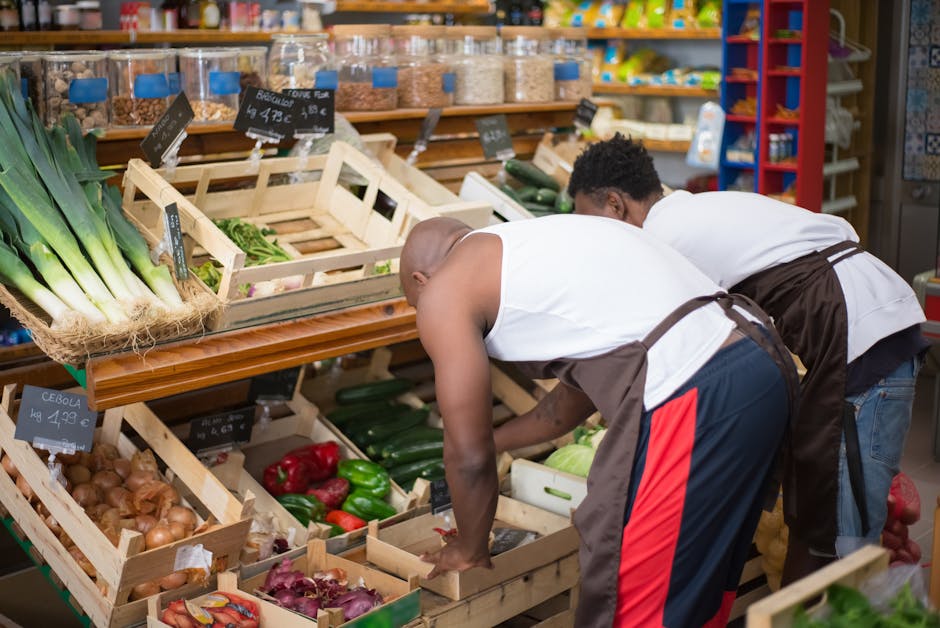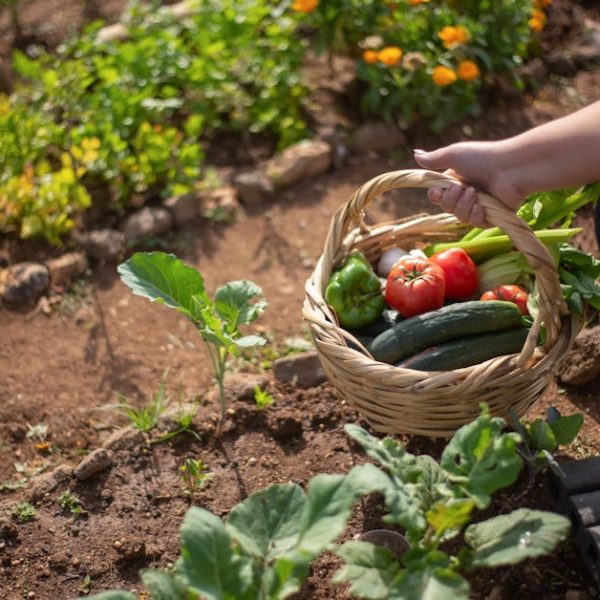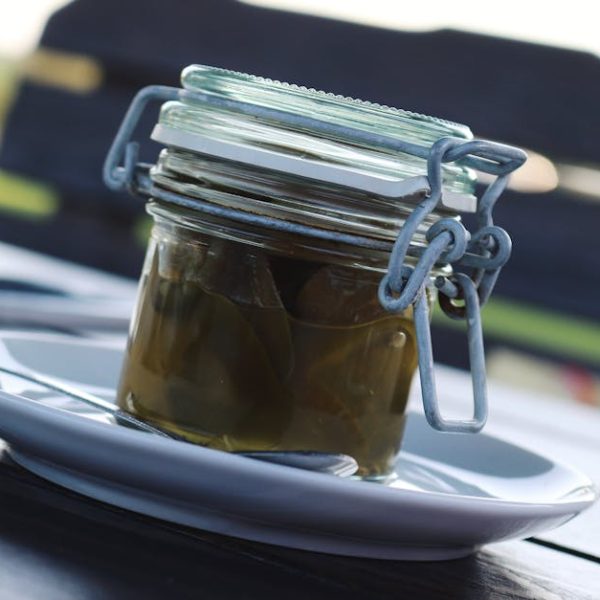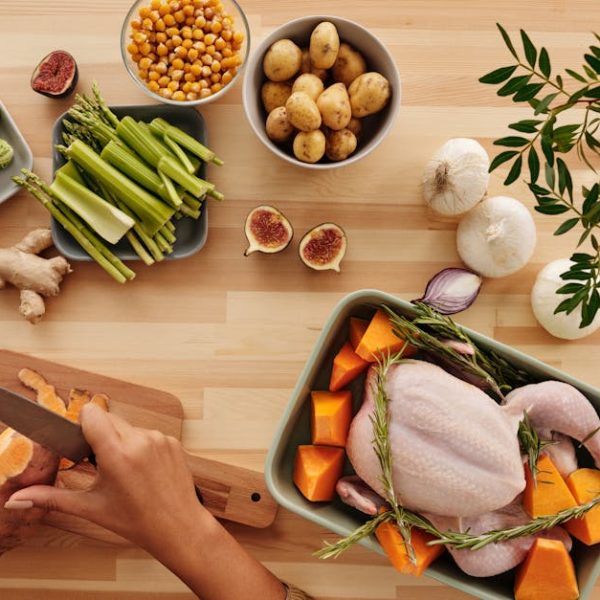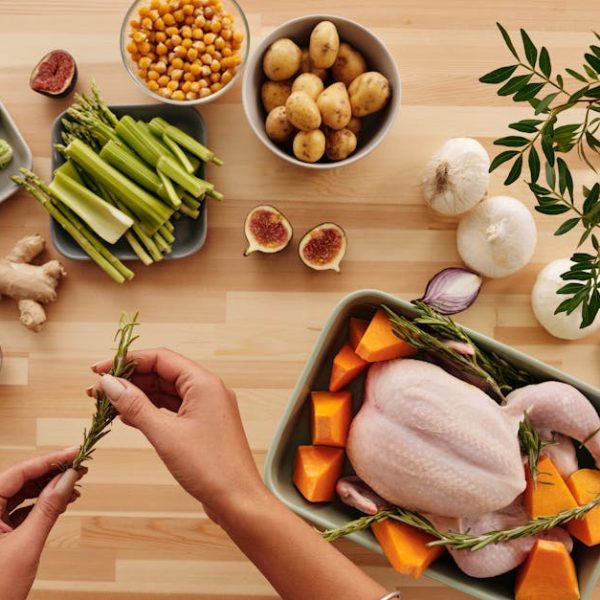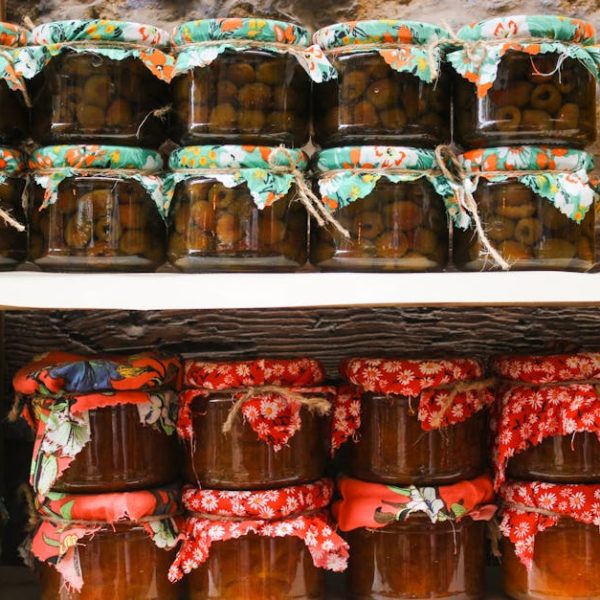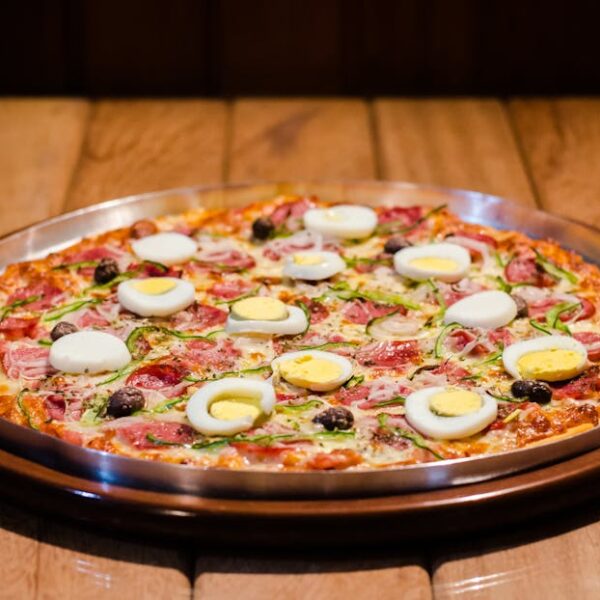Before learning how to pickle onions, it is necessary to understand what the pickling process implies. On the simplest level, pickling involves preserving food, particularly vegetables, by immersing them in a solution of vinegar or brine. This method extends the shelf life of perishable items and enhances their flavours, offering a tangy twist to the usual taste. Pickling onions, specifically, requires the use of key ingredients: onions, vinegar, sugar, and salt, each playing crucial role as preservatives while also contributing to flavour development.
- Familiarizing yourself with the pickling process can lead to a better appreciation of pickled dishes, and could inspire you to expand your pickle making repertoire in the future.
- Understanding the role of each ingredient can help you tweak recipes to suit your taste preference.
Pickling has a storied history and holds cultural significance in many regions worldwide. From European gherkins to Korean kimchi, pickled veggies have made their marvellous mark. Equally, pickled onions possess specific benefits that make them surpass mere culinary novelty:
- Pickling has long been utilized as a food preservation technique, particularly beneficial in times of scarcity.
- Pickled onions contain probiotics, known to be good for gut health.
- They make an excellent addition to many dishes including salads, tacos, and sandwiches, adding both crunch and zest.
Selecting Suitable Onions and Vinegar for Pickling
It’s said that good pickles start with good ingredients. In this case, selecting the appropriate types of onions and vinegar is half the battle won. Small, compact onions are often recommended for pickling – think pearl onions or small red or white onions. These offer a satisfying crunch and their tight layers nicely hold the pickling liquid.
The type of vinegar can significantly alter the final result. Mild vinegars like apple cider or white wine vinegar are typically chosen for their subtle flavours. Whereas, using a more robust vinegar, such as balsamic, will dramatically affect the taste and colour of the onions.
- Different types of onions have varying sweetness and sharpness – experiment to find your preference.
- Vinegars vary in acidity, which can affect the taste and preserving capacity of your pickles.
Sourcing fresh, high-quality onion and vinegar is key; a good practice to ensure optimal flavour.
Expert Guidance on Prepping Onions for Pickling
Proper preparation of onions is also intrinsically linked to the outcome of your pickling endeavor. Onions need to be carefully cleaned, peeled, and thinly sliced to ensure they pickle and taste evenly. This is just as important as the actual pickling process, contributing to both the texture and flavour of the final product.
A checklist for onion preparation includes: choosing fresh onions, removing any outer layers or skin, carefully slicing or dicing (depending on your preference), and then promptly immersing them in the pickling mix. Always remember that the freshness of the onions will be heightened after pickling.
All in all, knowledge, discernment in ingredient choice, and careful implementation lead to successful pickled onions. Don’t be afraid to experiment – your perfect pickle is likely just a jar away.
A Step-by-Step Guide to Quick Pickled Onions
The actual process of making quick pickled onions is surprisingly easy, but knowing the right steps can make all the difference. A basic recipe involves boiling a vinegar-based brine, pouring it over sliced onions, and letting the mix sit until it reaches room temperature.
To get started, here are the things you’ll need:
- A glass jar or container
- A pot for boiling the brine
- Onion (preferably small ones for a satisfying crunch)
- Vinegar (mild ones like apple cider or white wine vinegar are recommended)
- Salt
- Sugar
Best practices when pickling include:
- Always sterilize your jars before using them. This removes any bacteria that can cause your pickles to spoil.
- Use the freshest ingredients possible. This not only makes for tastier pickles but also helps in the preservation process.
- Be patient. Quick pickles will be ready in a few hours, but leaving them overnight will really bring out their flavour.
Experimenting with Slow Pickling Methods
While quick pickling methods offer ready-to-eat pickles in just a few hours, slower methods can help develop more complex and nuanced flavours. Slow pickling involves allowing the onions to sit in the brine for extended periods, often a few weeks. This method requires a bit more patience but can deliver delightful taste surprises.
Both quick and slow pickling have their unique pros and cons. Quick pickling is faster and easier, while slow pickling develops richer flavours and a firmer texture. The appropriate method depends on your taste preferences and the time you have at hand.
Remember:
- Slow pickling requires a cooler storage condition and more time, but the wait can be worth it for the depth of flavour achieved.
- Quick pickling provides faster gratification but the flavours, though delicious, may not be as complex.
In conclusion, the art of pickling onions is a culinary journey worth embarking on. The process marries science and taste, history and innovation, patience and instant gratification. Paying attention to the details of choosing ingredients, proper preparation, and depth of process will ensure that you go from novice to pickling master in no time at all!
Key Takeaway:
- Pickling onions is an accessible culinary skill that requires an understanding of the process, right component choices, and precise preparation.
- Pickling has historical and cultural significance, and cultivates health benefits alongside culinary enjoyment.
- Selecting the right type of onion and vinegar, as well as using fresh, quality ingredients, make the difference between good and exceptional pickles.
- Proper preparation of onions can enhance both the texture and flavour of the final outcome.
- Quick pickling offers ease and immediacy, while slow pickling rewards patience with deeper, more nuanced flavours.
Starting your pickling journey might seem daunting, but with a clear understanding of the process and a bit of practice, you’ll soon master the art. Once you feel comfortable with the basics, don’t hesitate to experiment and create your own unique recipes. Happy pickling!
FAQs
Q: Can I pickle other vegetables using these methods and tips?
A: Absolutely, many other vegetables such as cucumbers, radishes, and peppers can be pickled using a similar process. The key is to ensure the veggies are fresh and prepared appropriately for pickling.
Q: How do I store pickled onions and how long will they last?
A: Pickled onions should be stored in the refrigerator and can last for several weeks due to the preservative qualities of the vinegar. Make sure to use clean, airtight containers for storage.
Q: Can I reuse the pickling brine?
A: Yes, you can reuse the brine for pickling other batches of vegetables. However, it might lose some of its preserving capacity over time, so it’s best used within a few days.
Q: Can pickling be used as a method for preserving other types of food, not just vegetables?
A: Yes, apart from vegetables, foods like eggs, meat, and fish can also be pickled, although the preparation methods and safety considerations can vary.
Q: What can I use pickled onions for?
A: Pickled onions are a versatile ingredient that can add a tangy crunch to numerous dishes like salads, tacos, or burgers. They also work well as a garnish for grilled meats and fish.
Don’t forget to share this article with fellow food enthusiasts exploring their culinary repertoire. There is more for you to explore on our website, have fun with your culinary adventures!
